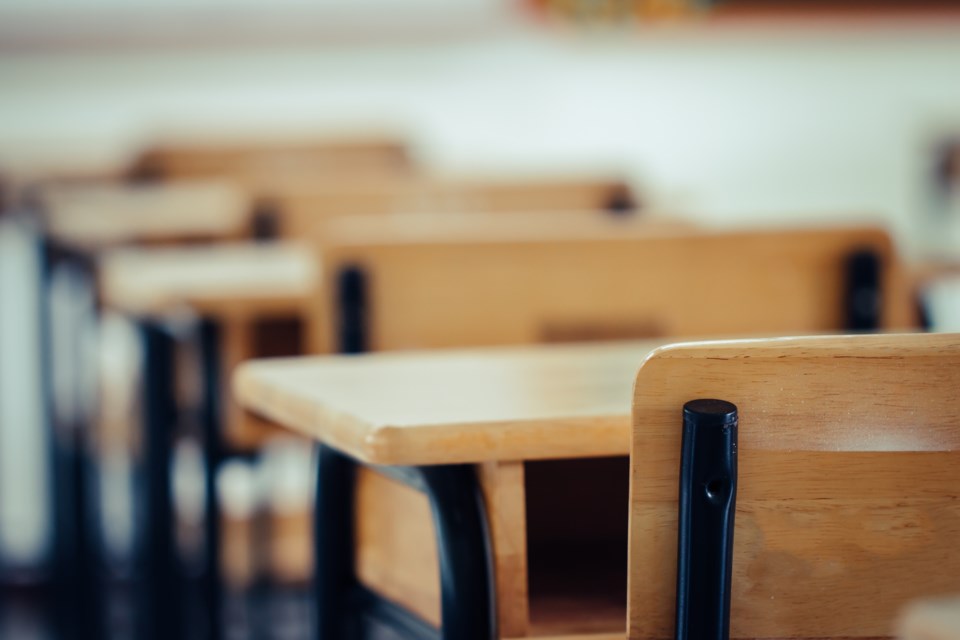Most students in Richmond will be returning to in-class instruction next week, according to preliminary results from the school district’s survey.
Parents were asked to fill out the survey, indicating which of the available learning options they would choose, following the release of the Richmond School District’s back-to-school plan last week.
Currently, around 62 per cent of elementary school parents have indicated they will be returning to in-class instruction, said district Superintendent Scott Robinson, during the Richmond COVID-19 Community Task Force meeting Tuesday.
While the district is offering four options for elementary students, Robinson said that some of them aren’t the most “viable” for parents.
Options for elementary students include: back to school in-person, distributed learning, home schooling and transition learning.
There are a couple of challenges with the distributed learning program, said Robinson: first, parents would need to de-register their child from their regular school program, and second, there are a limited number of elementary distributed learning programs in B.C., and none are in Richmond.
“So it’s not necessarily a very viable option for parents, so we have fewer than one per cent of parents at this time who are saying that’s what they would like to do,” Robinson said.
Parents choosing to home-school would also need to withdraw from their neighbourhood school. Currently, less than one per cent of Richmond parents have opted for homeschooling.
The fourth option available to elementary parents is a transitional learning program.
Under that program, children would learn remotely on a temporary basis – without losing their spot in their school – and could choose to return to in-class instruction at three designated points up to the end of January.
“About 37 per cent of parents have selected this option at this time,” said Robinson. “So, a fairly substantial number of parents have decided to go with this.”
Most secondary students returning to classrooms
When it comes to secondary students, Grades 8 to 12, the district is offering three options: in-person learning, distributed learning and homeschooling.
Currently, about 93 per cent of parents have said they will be returning to in-class instruction, said Robinson.
Secondary students are required to be organized into learning groups or cohorts, said Robinson, which can’t exceed 120 students.
He said it’s “relatively easy” to keep Grade 8 and 9 students in their cohorts, as their programs are made up of “core cores” such as math and English.
However, it’s more challenging to adhere to the maximum of 120 for students in Grades 10 to 12, said Robinson.
“Students at those grade levels take increasing numbers of elective courses, so there’s this exponential growth in the number of students in a potential cohort.”
Because of that, the district cut class sizes for those grades in half, said Robinson, with only half of the students attending at a time.
“So students in Grades 10 to 12 will either be in a cohort of under 120, or they will be able to physically distance in classrooms.”
Meanwhile, about 6 per cent of secondary school parents have chosen distributed learning through Richmond Virtual School.
Homeschooling also isn’t a particularly “viable” option for secondary students, said Robinson, as they aren’t eligible to receive the B.C. graduation certificate. Less than one per cent of parents will home-school.



